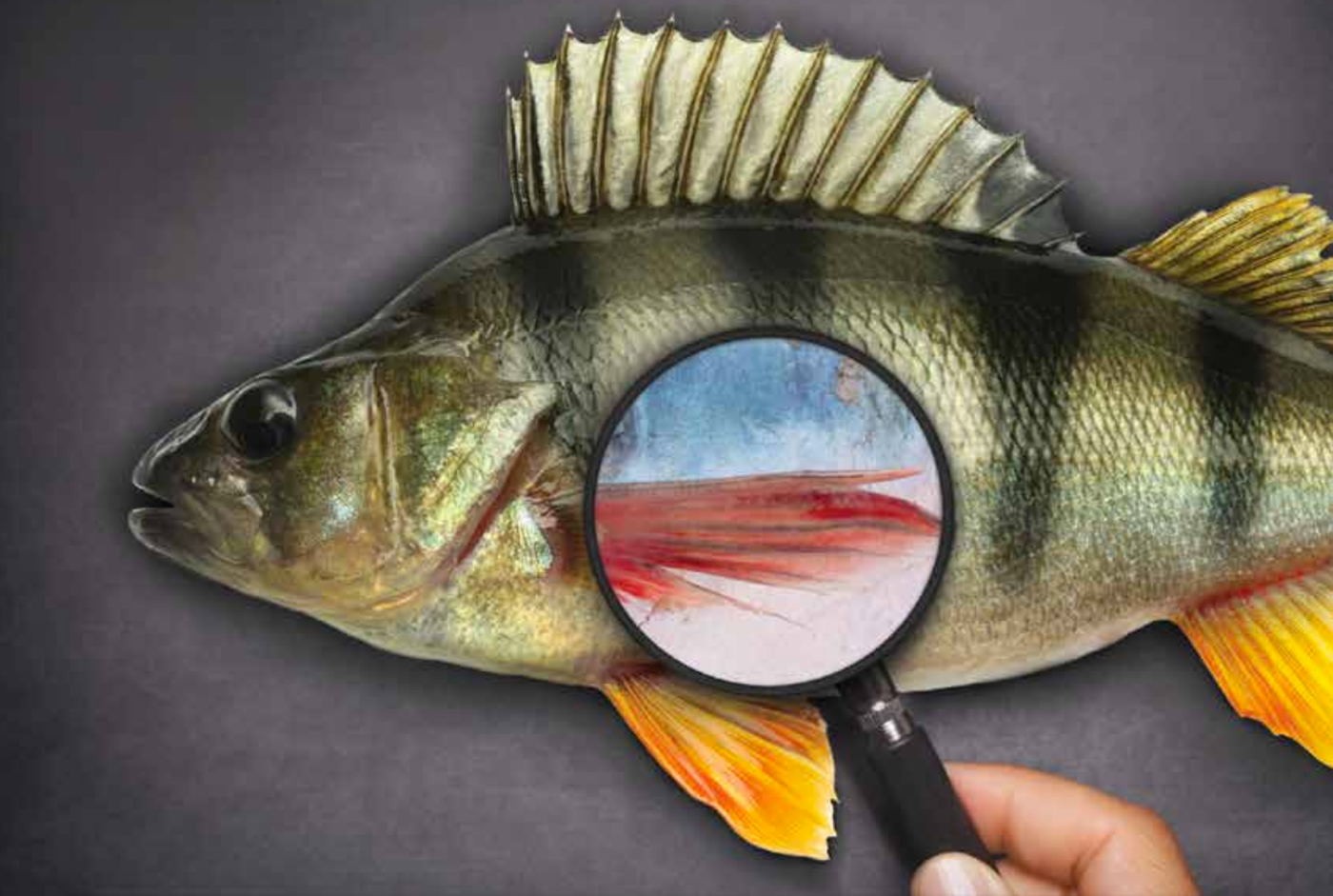Are You Eating Endangered Fish?
There are government regulations to protect endangered species of fish from being processed by fisheries and then sold in markets to end up in your main dish, but there are some caveats that still put these fish at risk.

Image Credit: Oceana
In most cases, endangered fish are caught by accident as bycatch and are then mislabeled by someone who doesn’t know any better, but in other situations, endangered fish are caught illegally and then mislabeled on purpose to try and get around the system made to protect the species.
In either case, the fish then go through the same processing as any other and end up in your local food stores, a new study from Oceana points out. The study took a look at 55 countries around the world and found fish fraud in each and every one of them, except one.
In total, around 28% of the world’s fish food source is believed to be mislabeled, and up to 16% of that number are believed to be endangered species of fish.
“It is likely that the average consumer has eaten mislabeled fish for sure,” said Beth Lowell, Oceana’s senior campaign director and an author of the study. “You’re getting ripped off, while you enjoyed your meal you’re paying a high price for a low fish.”
As you can imagine, this poses several problems, the first being that it’s putting a dent into the numbers of the fish we’re trying to conserve, but the other being that some people have allergies to certain kinds of fish and mislabeling it could be a health hazard for consumers.
What kinds of fish get mislabeled? Well you could say almost all, but some of the most prominent are fishing being called grouper when they’re really not. Up to 82% of the grouper, perch, and swordfish that were sampled in markets around the world were mislabeled and were really something else.
Although Oceana sets a strong argument, there are, of course, critics who think the entire report is misleading and believe that the 28% figure is false. Nevertheless, they went around the world and took samples and have proved that mislabeled fish is still a problem. Whether or not the 28% figure is right or not, 1 out 5 fish sampled in 25,000 samples was mislabeled, and that’s huge.
It goes without saying there’s a problem with the current fishing regulations in place around the world since such a high number of fish go mislabeled. The United States will reportedly look into modifying its regulations for fishing before the end of 2016 to address these problems head-on.
Source: National Geographic, Smithsonian Magazine, Oceana








